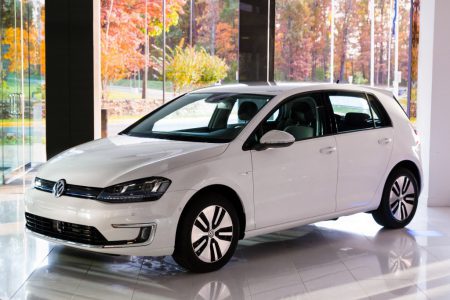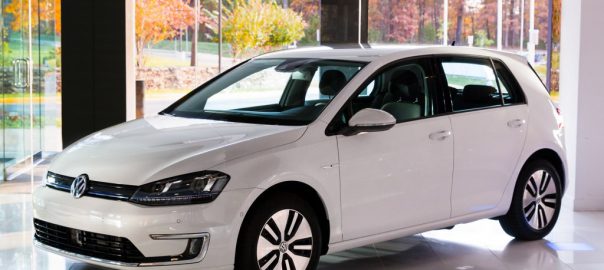The reality of range—reproducible, real-world daily-driving range—is one of the most important concepts you have to become familiar with if you’re new to electric vehicles.

Generally speaking, the faster you drive, the quicker you accelerate, and the more accessories (like climate control) you use, the more energy you consume.
But the interface plays an especially important role in how much of the range you use. Each EV has its own way of anticipating the number of miles you have left at any point of battery charge—sometimes optimistic then revisionist, other times surprisingly linear, accurate, and confidence-building.
Our long-term 2015 Volkswagen e-Golf landed soundly in the latter group. Its gauge cluster and trip computer unfailingly suggested a remaining range that was maybe slightly less than what was actually remaining, and nearly as linear as a fuel-range estimation for a gasoline car.
It helped us have confidence in the e-Golf’s range, as we quite easily got more than 80 miles of charge in most year-round driving conditions—and in many cases, a lot more.
The test e-Golf had a 24.2-kwh battery pack and was EPA-rated at 83 miles of total range; but the entire time, that seemed conservative.
Read more: Green Car Reports
